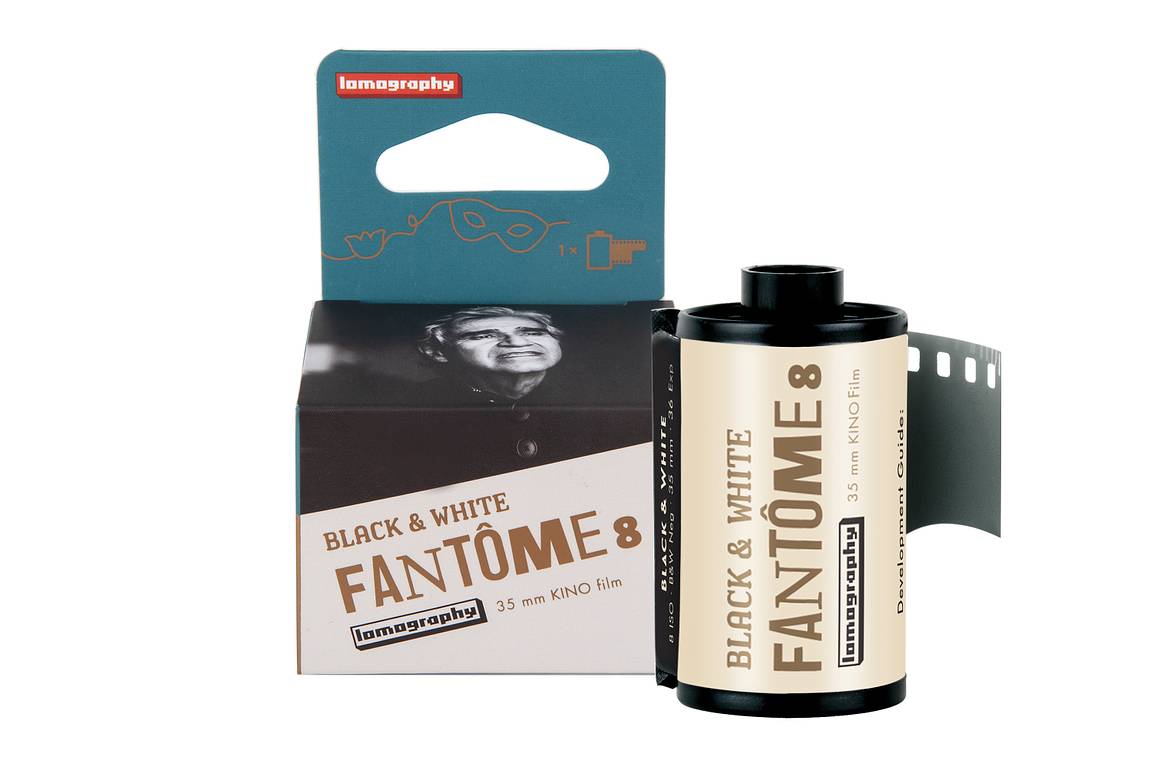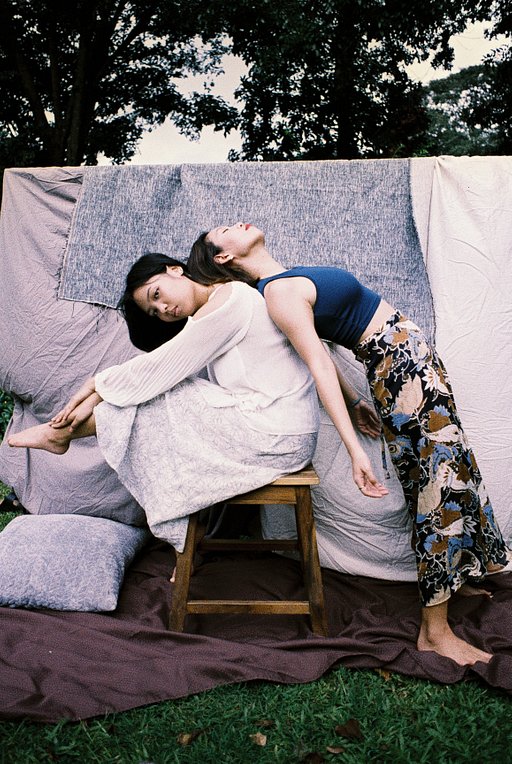The Wonders of Low ISO with Mario Piper and the Fantôme Kino B&W ISO 8
1 12 Share TweetVermont-based photographer Mario Piper is no stranger to shooting low ISO. In fact, he took the challenge to shoot as low as 0.1!
He recently added our lowest ISO film, the Fantôme Kino B&W ISO 8, to his collection and shared some of his results. In this interview, he tells us how he got started with film photography and how he best approaches low ISO.

Hello Mario! Please introduce yourself to our readers.
My name is Mario Piper. I live in rural Vermont. I’m a husband to a wonderful wife, and a father to three children. I’ve enjoyed photography for about twenty years, just prior to my wife and I traveling to India for a couple of months while in our 20s. After having children, photography took on more meaning to me. Photography is a large part of my life, but aside from that, I enjoy cycling, woodworking, and spicy foods! I am the creator and main host of the Gen-X Photography Podcast.
What was your introduction to film photography like?
I took a six week digital photography course in 2012, and although the course centered on the digital side, my instructor stated that one difference between digital and analogue was that while digital sensors recorded images, the relationship between the sensor and any image it captured was ephemeral.
Shortly thereafter, a cheap plastic Vivitar SLR was given to me. I shot a roll of B&W film, sent it to a lab, and voila! No images! I was bummed, and that was that for some time. But in 2019, I decided to try it again, this time with a Minolta Hi-Matic 7S and a roll of E100. When I sent it to the lab for processing and got the results, I saw the magic of film right before my eyes, and was hooked! I’ve not looked back at digital since.
How would you describe your style and relationship with photography now?
I am very focused on photography, as I have been for many years, during my digital era up till now. I almost live and breathe it. But film has definitely changed my view of photography. It feels more alive! As far as my style, I love shooting my family (when they let me). I love shooting nature. I live in rural Vermont, so a lot of my photography reflects that. I love experimenting with all kinds of film stocks, from shooting low ISO film, to redscaling all kinds of film, to shooting expired film, and shooting lots of fresh film, and loving the results of them all!
You said you have shot a variety of experimental Lomography films. What draws you to Lomography?
For me, Lomography signifies the funky side of photography, and that’s part of why I love analogue photography, because it’s funky! Also, I remember Lomography during my digital days, but thought that what Lomography was doing was pretty cool, despite knowing almost nothing about film. And, (to quote Qui Gon Jinn from The Phantom Menace) there’s something about those LomoChrome films…
How did you approach shooting our Fantôme Kino B&W ISO 8 film?
I was sent my first roll by a photographer to whom I sent a roll of the original LomoChrome Turquoise. I was super excited to shoot it! But honestly, it’s not that difficult to shoot for me.
For my first roll, I opened up to f/1.4 and shot it at between 1/250th of a second 1/1000th of a second, both sunny and cloudy days. For the second roll, I wanted to see what I could accomplish by staying stopped down to between f/4 and f/8. So, on a sunny day I still could maintain a decent shutter speed, yet have a good balance between bokeh and detail. It seems to have worked for me.
What do you make of your results? Are there any features you want to highlight?
I love the results! I really love the contrasty nature of Fantôme Kino 8. It’s very crisp, razor sharp crisp. It looks better than digital as far as sharpness. And again, when stopping down to between f/4 and f/8, the results are just fantastic! It’s really a stellar film that I hope Lomography will continue to make.
What would you say to those looking to try out this film?
Just don’t be afraid of the low ISO. Shoot it with a fast lens opened up if you want that milky bokeh, but don’t be afraid to shoot it stopped down to the good middle f/stops on your lens. And again, on a sunny day, its ISO is not prohibitively slow. But, don’t be afraid to use a tripod for interior shots, as you may need to shoot it at slower shutter speeds. But, if you have the success I’ve had with this film, the care you take in shooting it will reward you with lovely images.
Is there anything we can expect next from Mario Piper?
I’m very much looking forward to June 2022, when the first shipments of the re-release of the fabulous LomoChrome Turquoise will grace our doorsteps, and our cameras. I’m more excited for that than just about anything currently, photographically speaking. I’ve got several places I want to shoot that film. I also plan on delving more into the Fantôme Kino 8. I’ve got three rolls left, and have some plans for those rolls as well. More generally, I plan on shooting more with my wife, who’s recently gotten into medium format, and pinhole photography. It’s wonderful to share this love of film photography with her.
Thank you Mario for sharing your story with us! You can find more of his work via his Instagram page.
Are you ready for the challenge? Try our Fantome 8 Kino B&W film, and here's a guide we made just for you!
written by kaylalew on 2022-05-12 #gear #people #lomography #low-iso #black-and-white-photography #fantome-kino-8 #mario-piper






























One Comment